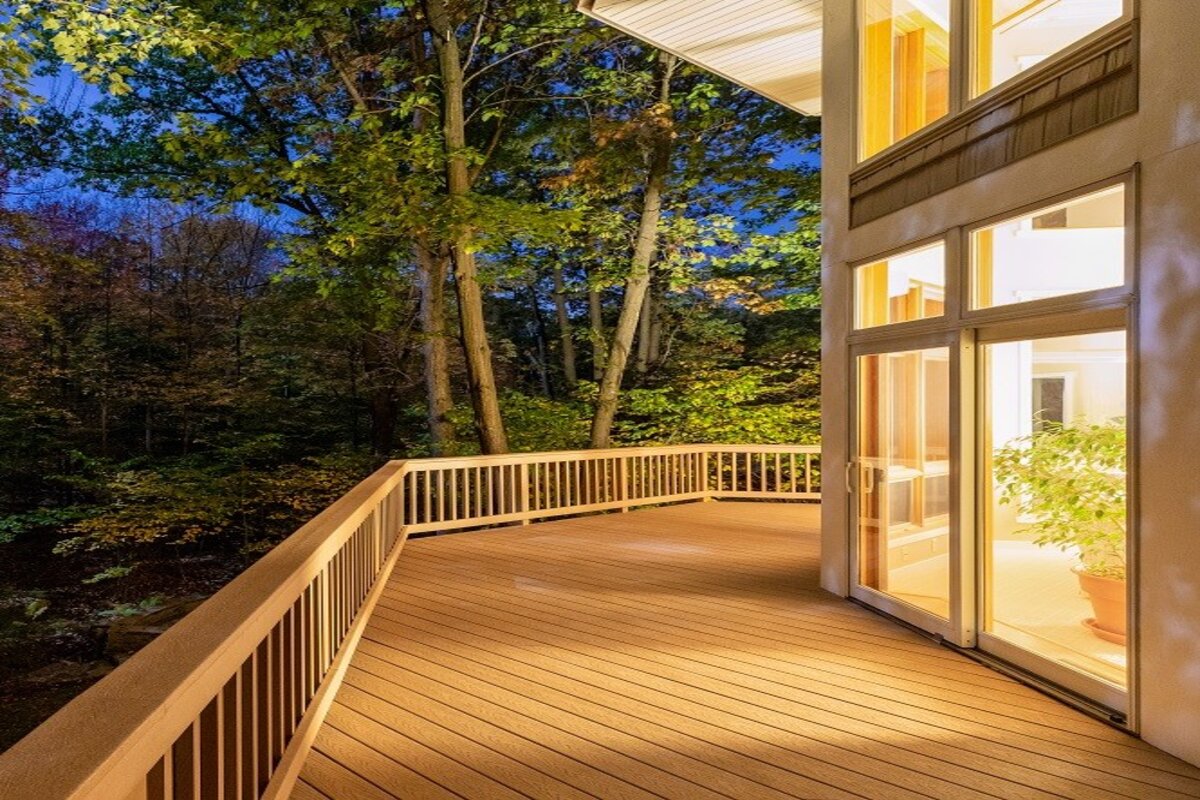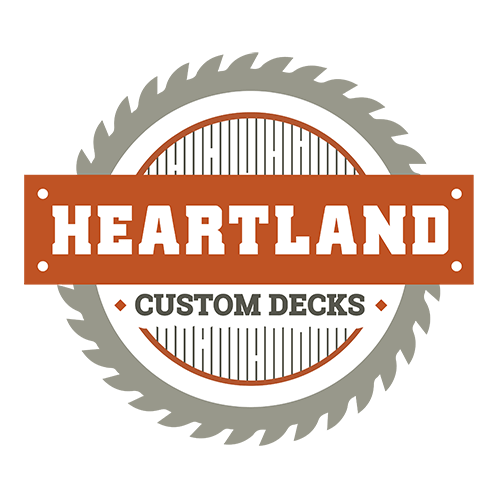As homeowners seek robust, long-lasting solutions for their outdoor spaces, steel deck framing is becoming increasingly popular. It’s a game-changer in the decking industry, providing superior durability and strength over traditional wooden frames.
What is Steel Deck Framing?
Steel deck framing refers to the use of steel, rather than traditional wood, as the structural base for a deck. This approach involves utilizing steel beams, posts, joists, and ledgers to build the underlying structure of a deck. The result is a highly durable, pest-resistant deck framework that outperforms wooden counterparts on multiple fronts. Although a steel deck comes with its own set of considerations, its benefits can make it an excellent choice for homeowners who desire longevity and less maintenance for their decks.
The Pros of Steel Deck Framing
The shift towards steel deck framing is driven by a multitude of benefits that this material brings to the table. Let’s dive into the key advantages that make steel a compelling choice for your deck’s structure.
Durability and Pest Resistance
One of the main appeals of steel framing is its unparalleled durability. As a material, steel significantly outlasts wood, eliminating the need for frequent replacements. Moreover, it’s impervious to pests. Unlike wood, steel does not attract bugs or other creatures that could potentially harm the structural integrity of the deck. Even if pests did take up residence, their presence wouldn’t impact the strength of the steel framework.
Structural Advantages
In addition to its longevity and pest resistance, steel framing offers exceptional structural benefits. Steel beams and posts are stronger than their wooden counterparts, allowing for greater spans between supports. This means fewer posts are required, potentially opening up your view and creating a more unobstructed outdoor space.
Aesthetic Appeal
Steel decks doesn’t just provide structural advantages—it also adds a unique aesthetic touch. Steel decks and frames can give your outdoor space a sleek, modern look that stands out from traditional wood decks. For homeowners seeking something different, a steel deck can be an aesthetically pleasing alternative.
The Cons of Steel Deck Framing
While steel deck framing brings undeniable benefits, it’s essential to consider the potential downsides before making a decision.
Higher Cost
One of the main cons of steel decks is the higher upfront cost. Based on material costs alone, steel tends to be two to three times more expensive than wood. This cost difference can be a significant factor for budget-conscious homeowners.
Installation Challenges
The installation process for steel decks is also more complex than for wood. Building a steel deck requires specialty tools and a bit more time, which can further drive up costs. This is something to consider if you’re thinking about a DIY deck project or if your installers are not familiar with steel deck framing.
The Issue of Non-Self-Healing Bolts
Another potential drawback of steel decks is the issue of non-self-healing bolts. Unlike wood, if a bolt is stripped in steel, it remains that way—steel doesn’t have the self-healing properties of wood. While not a common problem, it’s a consideration that should be on your radar.
The Cost-Benefit Analysis of Steel Deck Framing
Deciding whether to opt for steel deck framing involves a careful cost-benefit analysis. Let’s explore how to weigh the costs against the benefits and what factors might influence your decision.
Weighing the Costs Against the Benefits
While the upfront cost of a steel deck is higher, it’s important to consider the long-term benefits. Steel decks are more durable, require less maintenance, and can often withstand harsh weather better than wood. If you plan to stay in your home for many years, the investment in steel could pay off in the long run.
Factors Influencing the Decision to Opt for Steel Deck Framing
A few key factors could tilt your decision towards steel deck framing. If you live in a high termite area, the pest-resistant nature of steel could be a significant advantage. Similarly, if you’re looking for a modern aesthetic or desire fewer obstructions in your view, steel’s structural advantages could make it the best choice. Ultimately, the decision depends on your unique circumstances, preferences, and long-term plans for your home.
Conclusion
Making a decision on the best material for your deck’s structure is an important part of the home improvement process. When considering steel deck framing, it’s essential to weigh its intrinsic value:
- Steel offers unmatched durability and strength, far exceeding traditional wood in lifespan.
- It provides resistance to pests, a significant advantage in certain geographical areas.
- The structural advantages of steel framing can result in fewer obstructions and a more open outdoor space.
- The unique aesthetic appeal of steel deck framing can add a modern touch to your home.
However, these benefits come with higher upfront costs, potential installation challenges, and considerations around the handling of non-self-healing bolts.
If you need further guidance or information, feel free to contact us. We’re here to help you make the best choice for your deck and home improvement needs.






